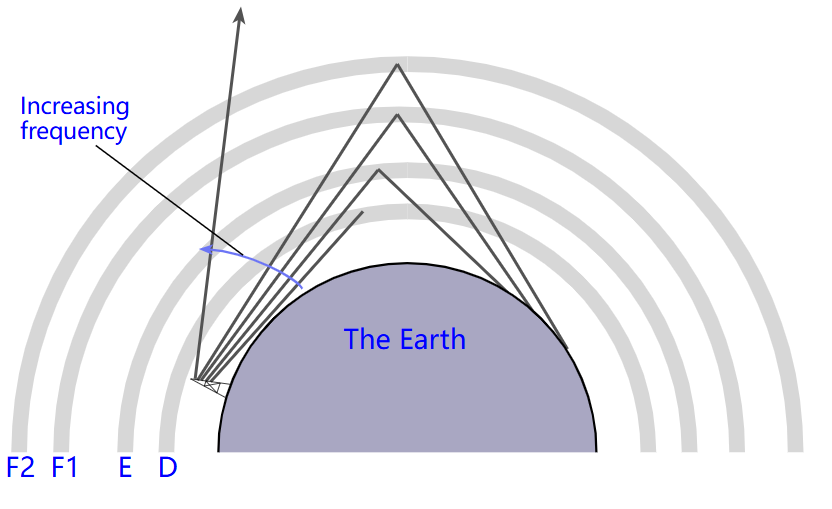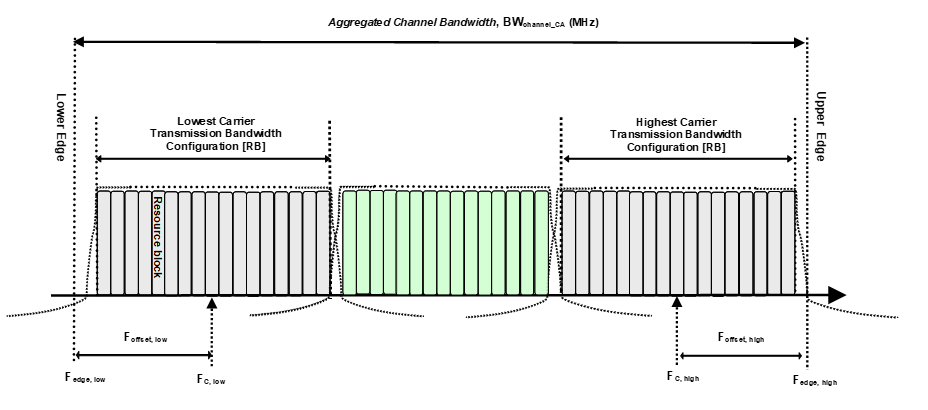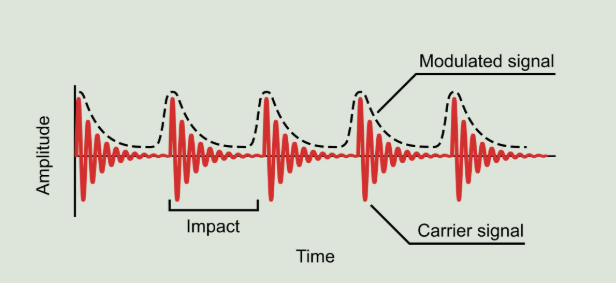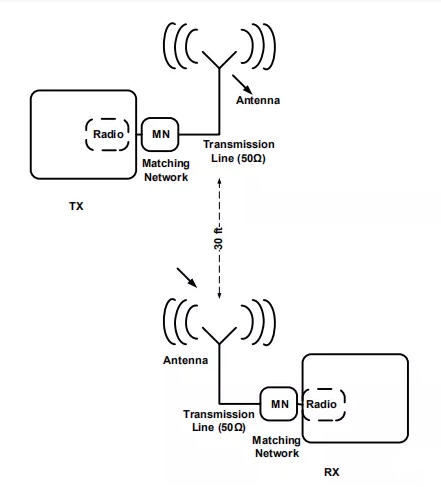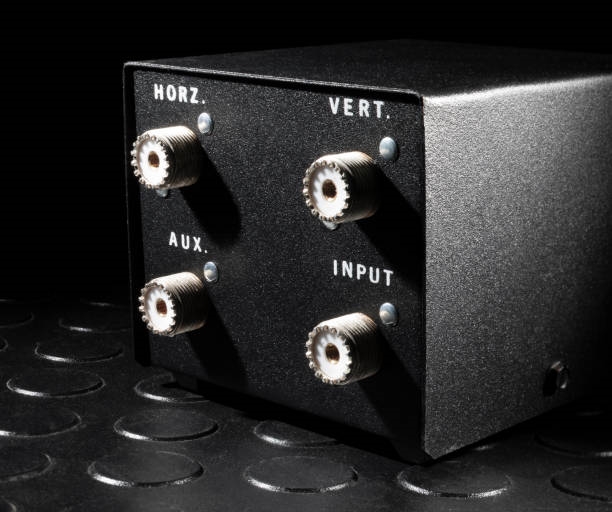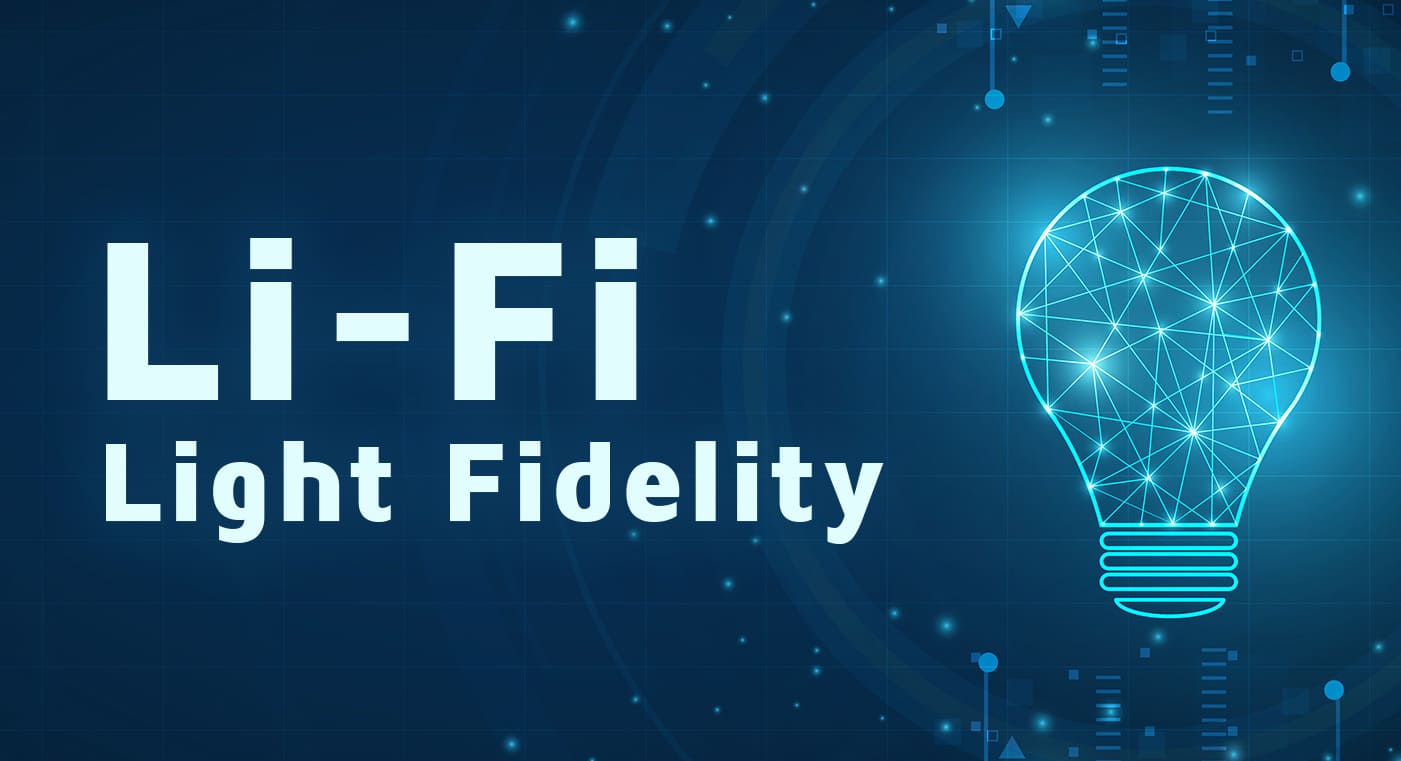
With the widespread adoption of smartphones, laptops, and tablets, wireless internet access has become a primary requirement. A technology has emerged that allows internet access via an LED light without relying on traditional WiFi radio signals.
Background
The radio frequency spectrum used by current WiFi systems is limited and increasingly unable to meet growing data communication demands. In addition, wireless data security raises challenges for WiFi. Visible light communication (VLC), commonly referred to as LiFi, offers an alternative approach that can provide secure, high speed, and stable data transmission by using light as the carrier.
What is LiFi
LiFi (Light Fidelity) is a wireless communication technology that uses light rather than radio waves to transmit data, combining data communication and illumination functions. Because visible light is safe for humans and is already widely used for lighting, LiFi is implemented using white LED sources. In a LiFi system, signals are modulated onto LEDs so that the light intensity variations convey information. For example, an LED on can represent a binary 1 and off a binary 0; rapid switching at frequencies imperceptible to the human eye encodes the data. Unlike fiber optics, which confine light to a cable, LiFi propagates light throughout the surrounding environment, so any location reached by light can carry LiFi signals.
Working Principle
Light and radio waves are both electromagnetic waves and share the same basic principles for transmitting network signals. In typical research setups, ordinary LED bulbs are fitted with microcontrollers that switch the LEDs millions of times per second. The frequency is too high for human perception but detectable by photodetectors. Binary data is therefore encoded into rapid light intensity changes and transmitted. A receiving device under the light uses a photodetector and associated receiver circuitry to decode the modulated light back into electrical data.
The transmitter mainly consists of a white LED light source and a signal processing unit. The receiver comprises an optical system optimized for collecting the modulated light, a photodetector (PD) and front end amplification circuitry to convert optical signals to electrical signals, and signal processing and output circuits that restore the baseband data to a form usable by end devices.
Typically, baseband data is sent over power lines to the LED fixtures. The AC mains waveform is split before driving the LED: one path is rectified to provide DC power for illumination, while the other path passes through a band pass filter to extract the modulated communication signal. That communication signal modulates the LED drive current to produce a modulated optical carrier. Because the modulation frequency is high enough, the human eye does not perceive brightness flicker, and illumination quality is not affected. The modulated optical carrier then propagates through the optical channel and is received by the PD of a mobile terminal, which demodulates and recovers the original baseband signal.
Technical Advantages of LiFi
Key technical advantages include:
- Ease of deployment.
- High bandwidth and high data rates.
- Energy efficiency and low power consumption.
- Improved security due to confined light propagation.
Comparison with WiFi
WiFi is the dominant wireless data technology for consumer devices. However, as global mobile data traffic has exploded, available radio frequency spectrum has become increasingly scarce. WiFi operates in a relatively small portion of the electromagnetic spectrum, and as demand grows, users experience congestion, slower speeds, and unstable connections.
Professor Harald Haas proposed using visible light from LEDs to transmit data by embedding electronic circuitry in lamps that modulate light intensity to carry information. This approach—LiFi—uses visible light as a carrier in a manner analogous to WiFi routers using radio signals.
LiFi also has limitations. Visible light cannot penetrate opaque objects, so if the optical path is blocked the signal is lost. This raises practical questions about how mobile devices would maintain connectivity when the line of sight is interrupted. A practical approach is hybrid operation: devices can seamlessly fall back to radio frequency links when the optical channel is blocked. Thus, LiFi is viewed as a complementary technology to WiFi that can help offload traffic from congested radio spectrum.
Technical Challenges
Major technical challenges for LiFi include:
- Selecting appropriate light sources and planning indoor light layouts.
- Implementing reliable uplink technologies.
- Developing highly sensitive optical signal reception techniques.
- High-performance modulation, coding, and demodulation technologies.
- Channel multiplexing and multiple-access methods.
Applications and Development
As incandescent and fluorescent lamps are replaced by LEDs, environments with lighting can become potential LiFi transmission sources. Possible scenarios include downloading content from street lighting, accessing media via a desk lamp at home, or using location?based services in restaurants and public venues. LiFi can also be used in radio?sensitive environments such as aircraft cabins and operating rooms.
The visible light communication industry involves many sectors across a long value chain. Industry forecasts have projected significant market potential for VLC systems in indoor networking, precise indoor positioning, museum and tourist guide systems, secure mobile payment networks, and new forms of media advertising using existing LED displays and lighting infrastructure.
With ongoing advances in digital signal processing and LED technologies, LiFi's attributes—high bandwidth, high speed, energy efficiency, and inherent security—make it a promising complementary technology to traditional RF-based wireless systems.
 ALLPCB
ALLPCB



